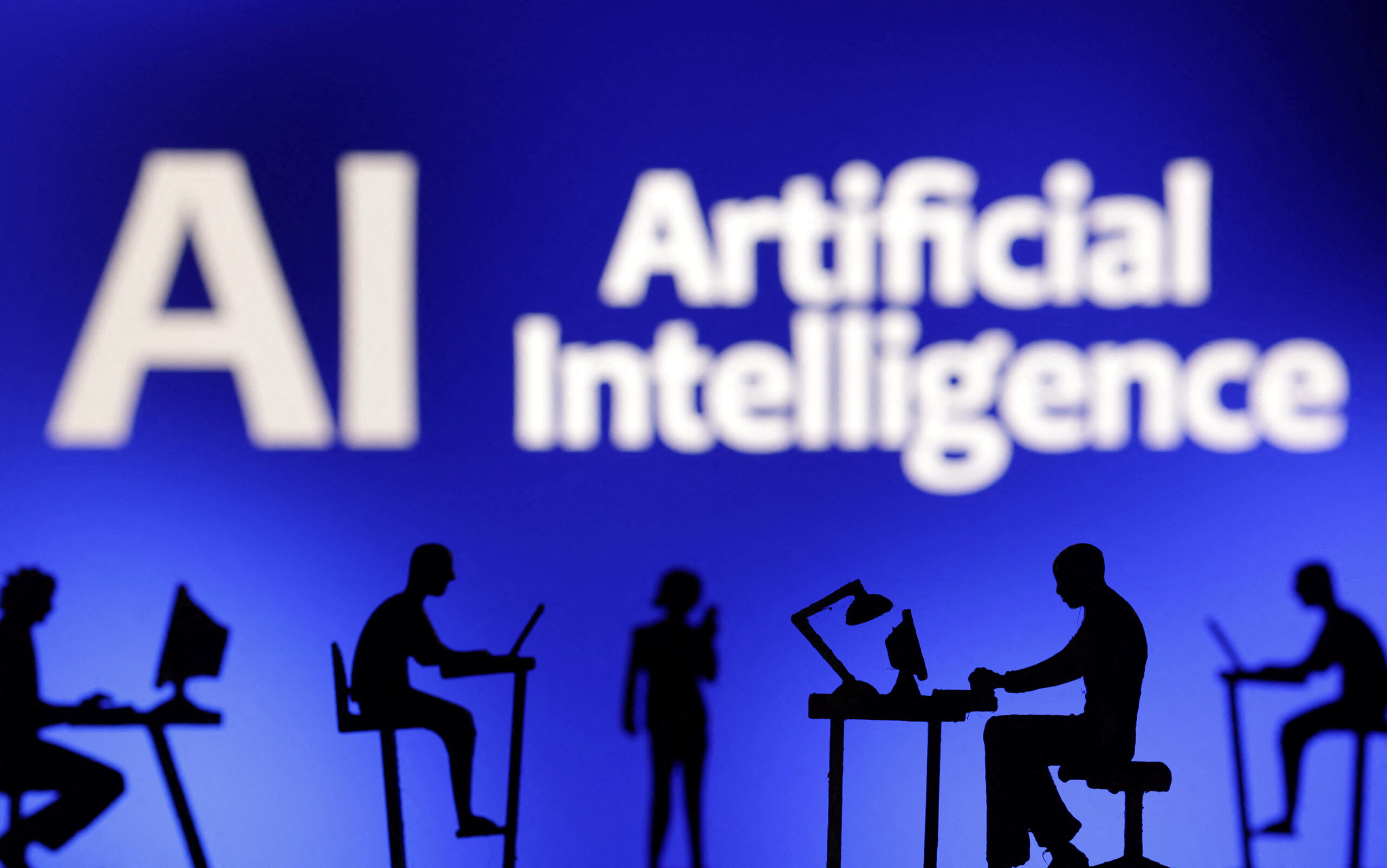Is there a secret to longevity? This health expert says 1,000% yes
In the era of social media, post-COVID, and with mental health at the forefront, a shift is taking […]

The idea of artificial intelligence (AI), which is now an integral part of our lives, was first conceived in the 1950s. This decade laid the foundation for what would become one of the most transformative fields in modern technology. Here’s how this groundbreaking concept emerged and the pioneers who made it possible.
The 1950s marked the beginning of AI as a scientific discipline. The term “artificial intelligence” was coined by John McCarthy, an American computer scientist, in 1956. McCarthy, along with other visionaries, organized the Dartmouth Conference, which is often credited as the birthplace of AI as a field of study.
John McCarthy, known as the “father of AI,” McCarthy’s vision was to create machines that could perform tasks requiring human intelligence. His work laid the groundwork for future AI research and development.
During the 1950s, several significant milestones were achieved that demonstrated the potential of AI.
The British mathematician and logician, Alan Turing, proposed the concept of a “universal machine” and developed the Turing Test in 1950. This test was designed to determine whether a machine could exhibit intelligent behavior indistinguishable from that of a human. Turing’s work provided a theoretical framework for AI.
Two researchers, Herbert Simon and Allen Newell, created the Logic Theorist in 1956, considered one of the first AI programs. The Logic Theorist was able to prove mathematical theorems, showcasing the potential of machines to perform tasks that required logical reasoning.
Fast forward to 1959, Arthur Samuel developed a checkers-playing program that could improve its performance over time. This program demonstrated machine learning, a subfield of AI where computers learn from data and experience.
The work of these pioneers in the 1950s set the stage for decades of AI research and development. Their groundbreaking ideas and experiments demonstrated that machines could simulate aspects of human intelligence, paving the way for the advanced AI technologies we use today.
Fast forward to the present, AI is now a part of our everyday lives, from virtual assistants like Siri and Alexa to advanced algorithms that drive innovations in healthcare, finance, and entertainment. The foundation laid in the 1950s has enabled the creation of intelligent systems that continue to evolve and impact various sectors globally.

In the era of social media, post-COVID, and with mental health at the forefront, a shift is taking […]

With its fast speeds and revolutionary potential, 5G stands out as a noteworthy milestone in the field of […]